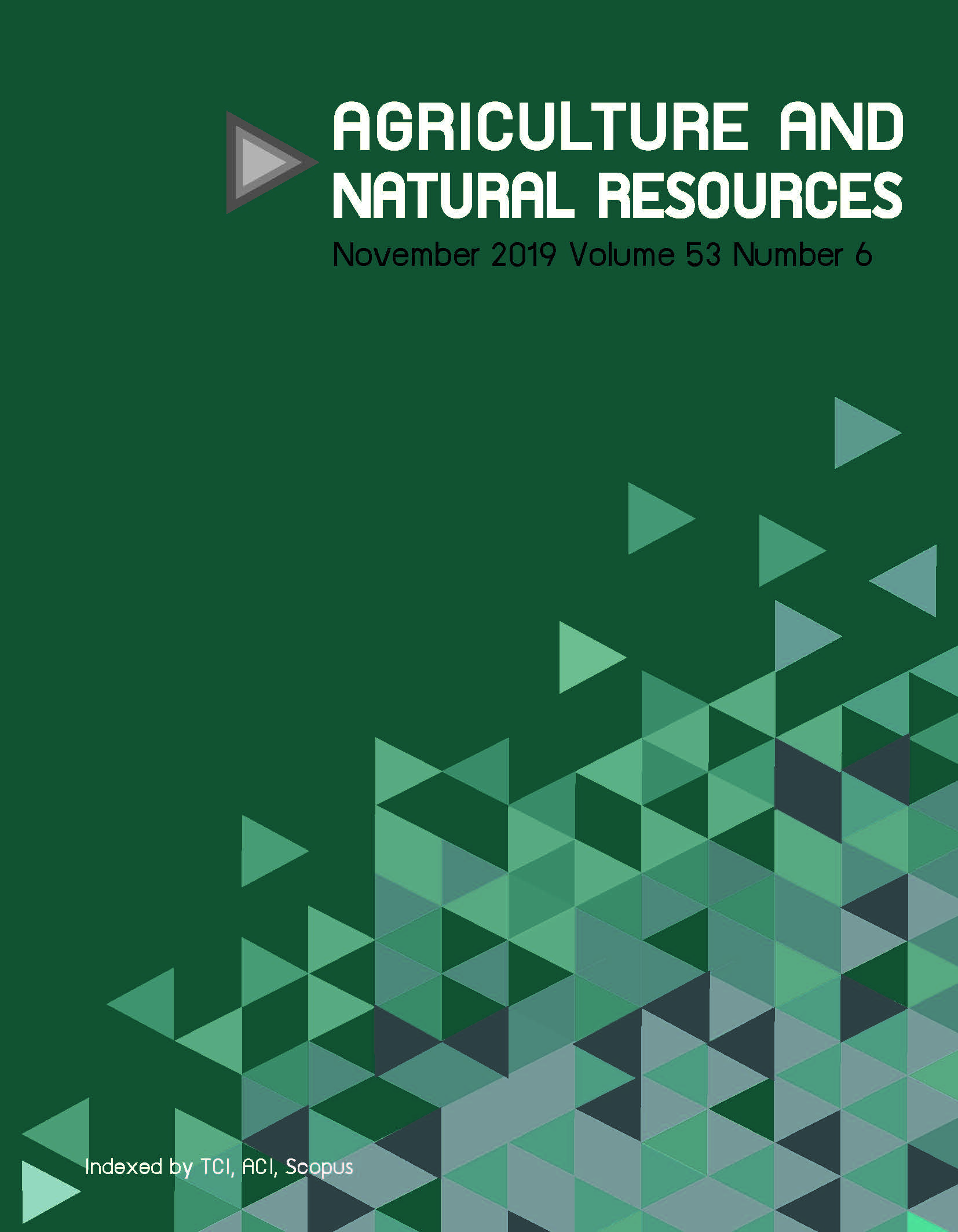Isolation of betulinic acid and antioxidant and anti-HIV-1 reverse transcriptase activity of Cratoxylum formosum subsp. pruniflorum (Kurz) Gogelein extract
Keywords:
Anti-HIV-1 reverse transcriptase, Antioxidant, Betulinic acid, Cratoxylum formosum subsp. pruniflorum, FractionationAbstract
Cratoxylum formosum subsp. pruniflorum (Kurz) Gogelein has been used as a medicinal plant
for the treatment of many diseases. C. formosum bark was macerated with methanol and partitioned
using hexane and chloroform. The chloroform bark extract was fractionated using column
chromatography. Five combined fractions were obtained (CFA–CFE) and then investigated for
antioxidant activity based on the total phenolic content (TPC), total flavonoids content (TFC),
ferric reducing antioxidant power (FRAP) and nitric oxide (NO) radical scavenging activity and
also for anti-HIV-1 reverse transcriptase (RT) activity. CFE had the highest antioxidant activity,
with values for TPC, TFC and FRAP of 44.84 ± 0.05 μg of gallic acid equivalents/g,
580.69 ± 0.78 μg of quercetin equivalents/g and 82.56 ± 0.08 μg of Trolox equivalents/g of dry
weight extract, respectively, and CFB inhibited the nitric oxide radical at the lowest concentration
(96.73 μg/mL). However, the methanolic bark extract, fractions CFC, CFD and CFE had high
inhibitory effects against HIV-1 RT with values greater than 60% relative inhibition. CFE had
the highest percentage relative inhibition among the fractions and was at a comparable level to
a standard drug (Nevirapine). The ranking of the antioxidant and anti-HIV-1 RT activities of the
fractions was CFE followed by CFD, CFC, CFB and CFA, respectively. Betulinic acid was isolated
from fraction 52 of the chloroform extract that was eluted with chloroform-acetone (1:9, volume
per volume). The 1H and 13C nuclear magnetic resonance data obtained were in accordance with
the previous published data. There is a need for further isolation of bioactive compounds and
evaluation of their antioxidant and anti-HIV activities.
Downloads
Published
How to Cite
Issue
Section
License
Copyright (c) 2019 Kasetsart University

This work is licensed under a Creative Commons Attribution-NonCommercial-NoDerivatives 4.0 International License.
online 2452-316X print 2468-1458/Copyright © 2022. This is an open access article under the CC BY-NC-ND license (http://creativecommons.org/licenses/by-nc-nd/4.0/),
production and hosting by Kasetsart University of Research and Development Institute on behalf of Kasetsart University.







